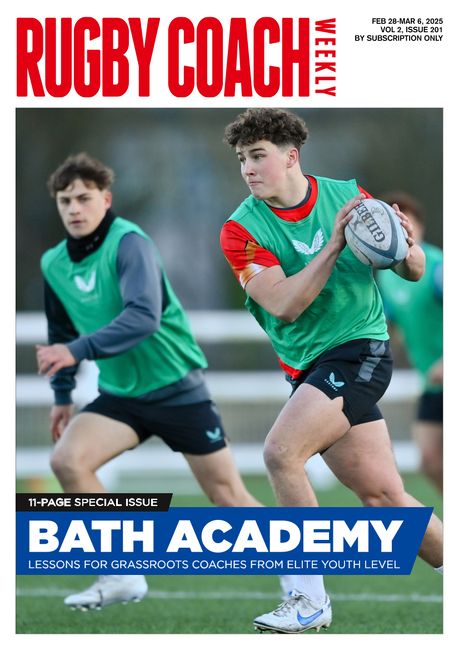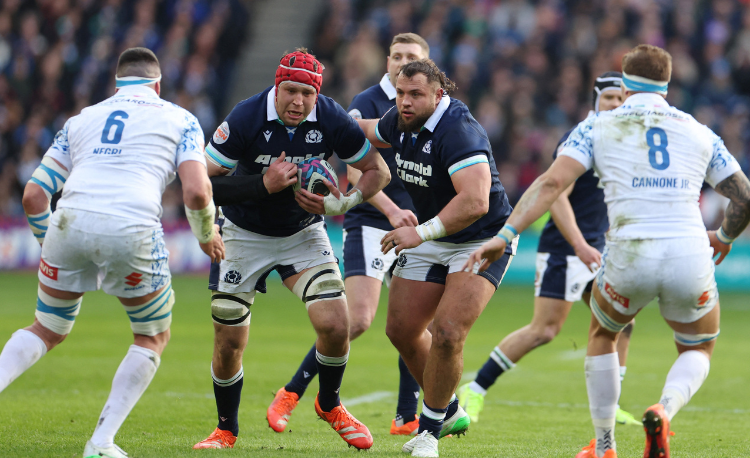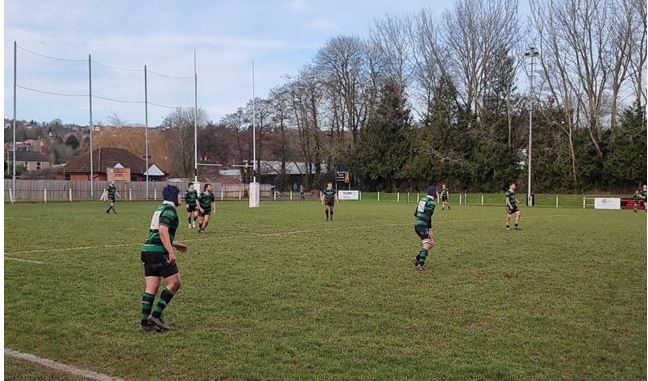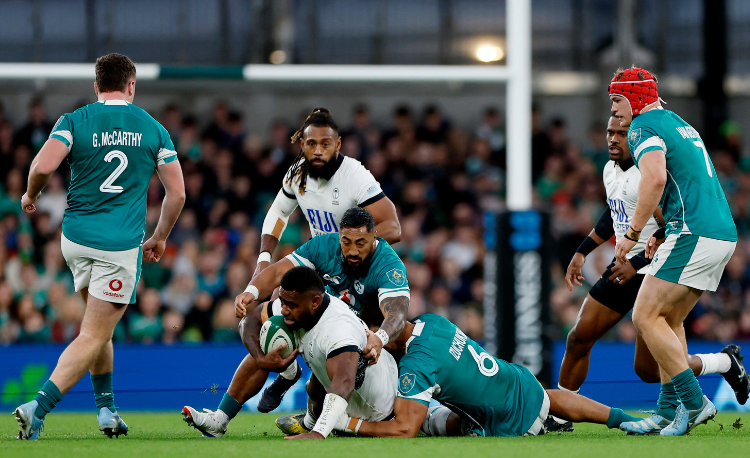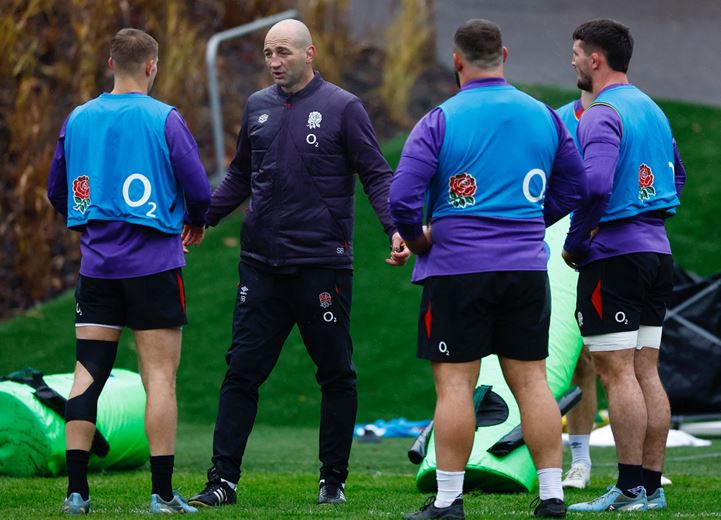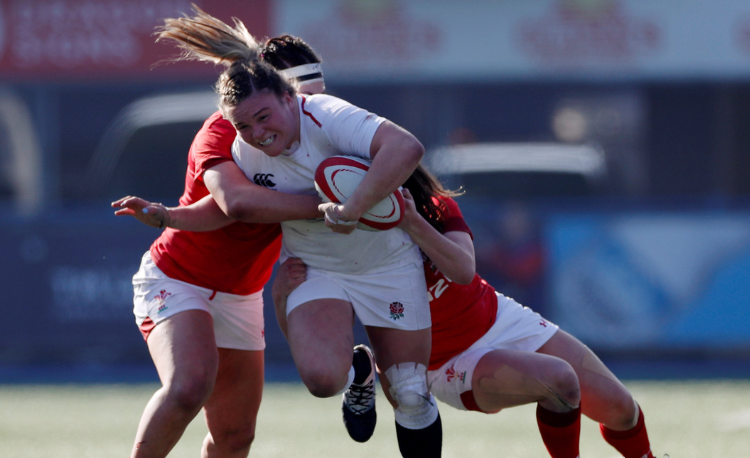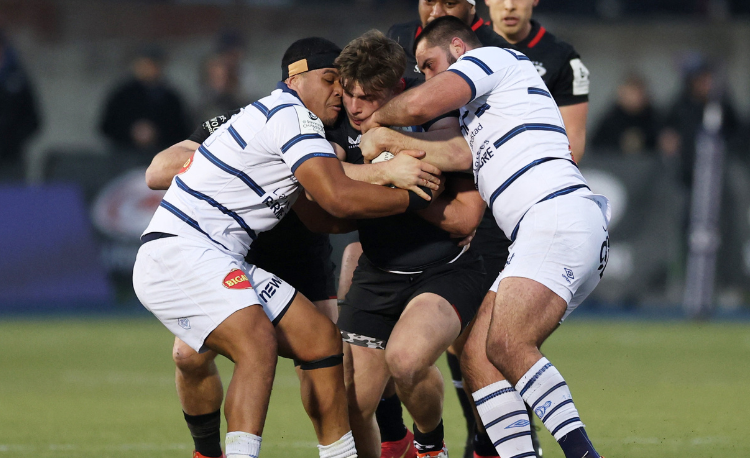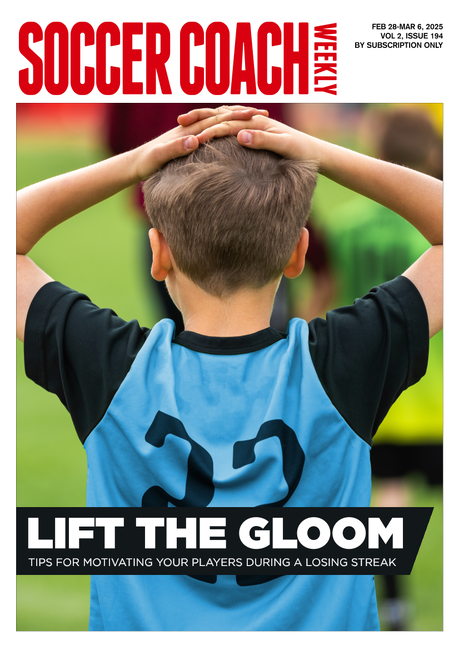Advise them better, not correctly
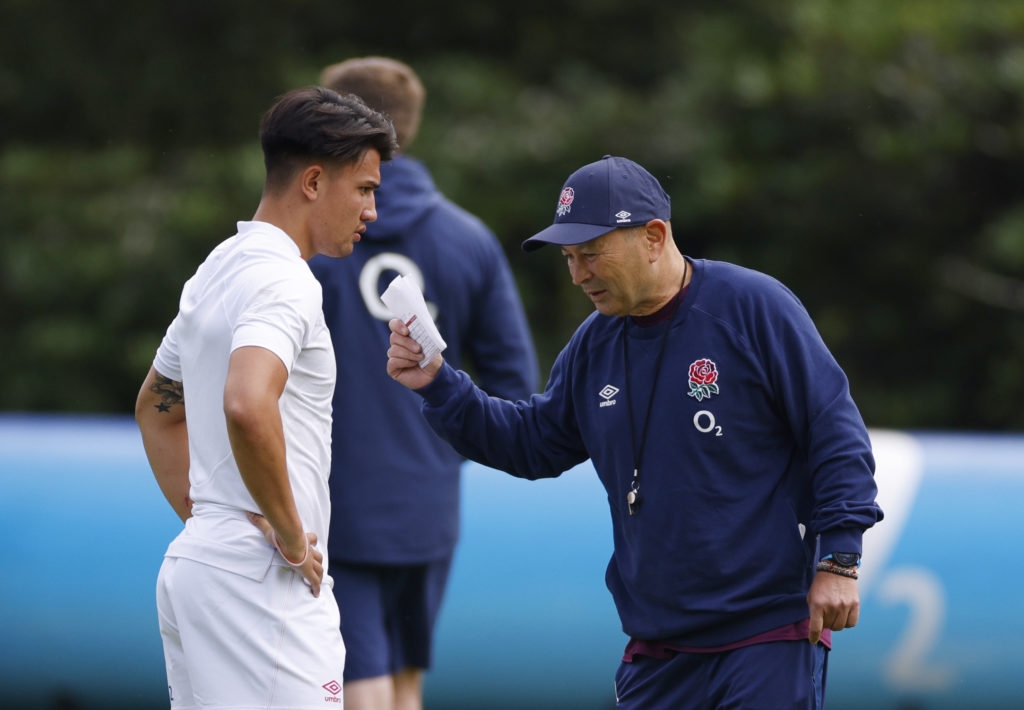
We all love to give out advice. That’s why we are coaches. However, how often do we consider what we ask our players to focus on? A lot of the time I expect, but do we think about whether we are directing the player’s attention to an internal or external focus.
For example, an instruction to a passer to focus on getting their elbow out when they pass the ball is an internal focus. Telling them to focus on making sure the ball travels in front of the target is an external focus.
Research on golf players showed that if a coach focuses attention on the club (or the ball) rather than the body movements of the player, the external-focus condition was more effective. In other words, it’s better to make players think about something that wasn’t to do with their body.
That suggests that when we are coaching, we should spend more time on external-focus type of instruction.
Let’s think of some examples. For kicking, the player might focus on the sweet spot. For tackling, on feeling a tight grip around the ball carrier and for evasion on attacking the shoulder and not the middle of the tackler. All things we do already, though we might not realise it.
That doesn’t mean we forget the body templates for successful skill execution. That’s still part of the teaching process. It’s once we put the technique into a skill environment that we need to change what we say.
It’s most applicable to developing players. Further research has shown that whilst a group of collegiate soccer players benefitted from an external-focus to improve sprinting, experienced sprinters responded equally well to both approaches.
Our coaching interventions therefore need to be sensitive to the developmental stage of the player. Also, some of their skills might be well-honed. A 9 who’s been passing well off their right hand will probably respond better to both approaches when it comes to further improving their pass from that side. You might need to use a more external-focus approach with their other hand until they become more proficient.
That’s when the use of video sometimes helps and sometimes hinders development. Looking at yourself performing a skill badly can be off-putting, even if the outcome isn’t far off the required standard. One set of researchers helped children with extremely poor coordination by filming them doing an action well. It took lots of filming, but they eventually managed to clip together enough footage to help that child see what they should be aiming for.
Perhaps that’s something you could do with your players. Put the bad stuff on the cutting room floor and give them a template of when they looked good.
Newsletter Sign Up
Coaches Testimonials

Gerald Kearney, Downtown Las Vegas Soccer Club

Paul Butler, Florida, USA

Rick Shields, Springboro, USA

Tony Green, Pierrefonds Titans, Quebec, Canada
Subscribe Today
Be a more effective, more successful rugby coach
In a recent survey 89% of subscribers said Rugby Coach Weekly makes them more confident, 91% said Rugby Coach Weekly makes them a more effective coach and 93% said Rugby Coach Weekly makes them more inspired.
Get Weekly Inspiration
All the latest techniques and approaches
Rugby Coach Weekly offers proven and easy to use rugby drills, coaching sessions, practice plans, small-sided games, warm-ups, training tips and advice.
We've been at the cutting edge of rugby coaching since we launched in 2005, creating resources for the grassroots youth coach, following best practice from around the world and insights from the professional game.


